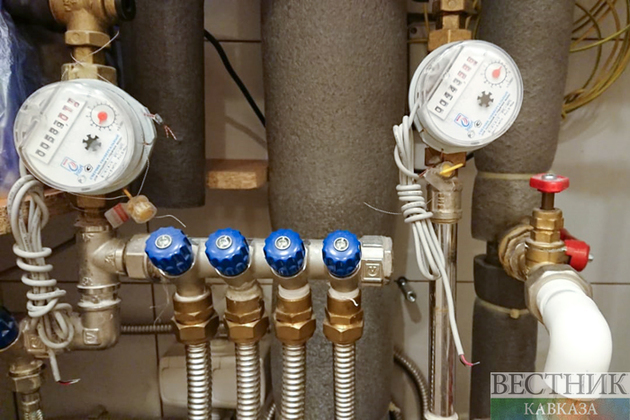Digitalization of the energy industry has revolutionized how utilities approach grid management and engage with consumers in an evolving landscape. The Middle East (the Gulf Cooperation Council countries in particular) is undergoing tremendous digital transformation, with the first step involving the rapid installation of smart meters, according to Forbes.
Saudi Arabia deployed 10 million smart meters in less than one and a half years, Dubai’s Electricity and Water Authority has over 2 million electricity and water smart meters and Kuwait installed 102,000 smart meters to date. Qatar’s General Electricity and Water Corporation replaced regular meters with over 200,000 smart electricity meters last year, while Oman plans to roll out 1.2 million smart meters in the next five years. Bahrain completed the deployment of over 400,000 electricity and water smart meters in early 2021, and the list goes on.
Now overflowing with energy data at the consumer level, GCC countries are actively planning to put the smart meter data to good use, much beyond standard metering and billing. In light of the rapidly growing electric vehicle (EV) market, this data will be especially useful for grid management and energy efficiency, for example.
Turning Data Into A Single Source Of Truth
The biggest lesson U.S. utilities can share is the use of smart meter data to derive a “single source of truth” about its customers. While general usage data has traditionally tracked consumption on a broad scale, smart meter data—when combined with data analytics—narrows in on individual household consumption, breaking down usage by specific appliances. This then creates detailed customer profiles that can be disseminated across the organization.
With these profiles, Middle Eastern energy providers can drive customer intelligence strategies, such as promoting the enrollment of new programs and services as well as the integration of program analytics to provide quantitative inputs for multiple utility business units. More specifically, a single source of truth helps inform utility activities in three key consumer-centric areas.
1. Energy Efficiency
Knowledge is power. The more information utilities have on a customer’s unique energy behavior, the better they can influence the customer to make smarter, more efficient energy decisions. Educating consumers on how much energy they used in air conditioning last month and how it impacted the month’s bill can motivate the user to adjust thermostat temperatures when sleeping or leaving the house, for example.
Smart meter data can also be used to spot inefficiencies in a household, like an old washing machine or HVAC leak, which utilities can leverage to recommend available rebates on high-efficiency appliance upgrades.
2. Program Engagement
Rather than succumbing to traditional (and often inefficient) mass marketing tactics, utilities can better segment and target customers based on the characteristics of their profiles. By identifying those with the highest propensity to engage with a particular service, product or program, utilities can personalize messages to only those individuals.
For instance, knowing which homes have EVs allows utility marketers to send personalized messages promoting enrollment in programs such as managed charging or time-of-use shifting only to those with EVs. Not only does this save money for the utility, but it also boosts program recruitment success.
3. Grid Management
This single source of truth will also help Middle East energy providers to realize greater value in terms of grid management. Energy flow mapping - from substation to feeder to distributed transformer - is the most critical aspect of managing grid demand, especially as loads change and grow with the increase of EVs on the road.
Applying Analytics To Smart Meter Data
It’s critical for all energy providers to understand smart meter data alone does not equate to shareable insights. Instead, it needs to be combined with sophisticated data analytics.
Data that pinpoints how and where energy flows across the grid only tells half the story. However, machine learning and AI can enrich this data tenfold, extracting energy patterns that can then be used to more accurately predict, manage and nurture consumer behavior. Now, real-time measurement, forecasting and distribution planning lend way to a more optimized electrical grid, allowing energy providers to spend more time focusing on what matters: providing customers with reliable energy and relevant services.
Ultimately, this combined intelligence presents a unique view into both sides of the meter - the grid and the customer.
Universality Of Artificial Intelligence
While digital transformation within the energy industry is making its way around the world, knowledge sharing across borders amongst progressive utilities is instrumental in achieving global progress on an exponentially faster scale.






